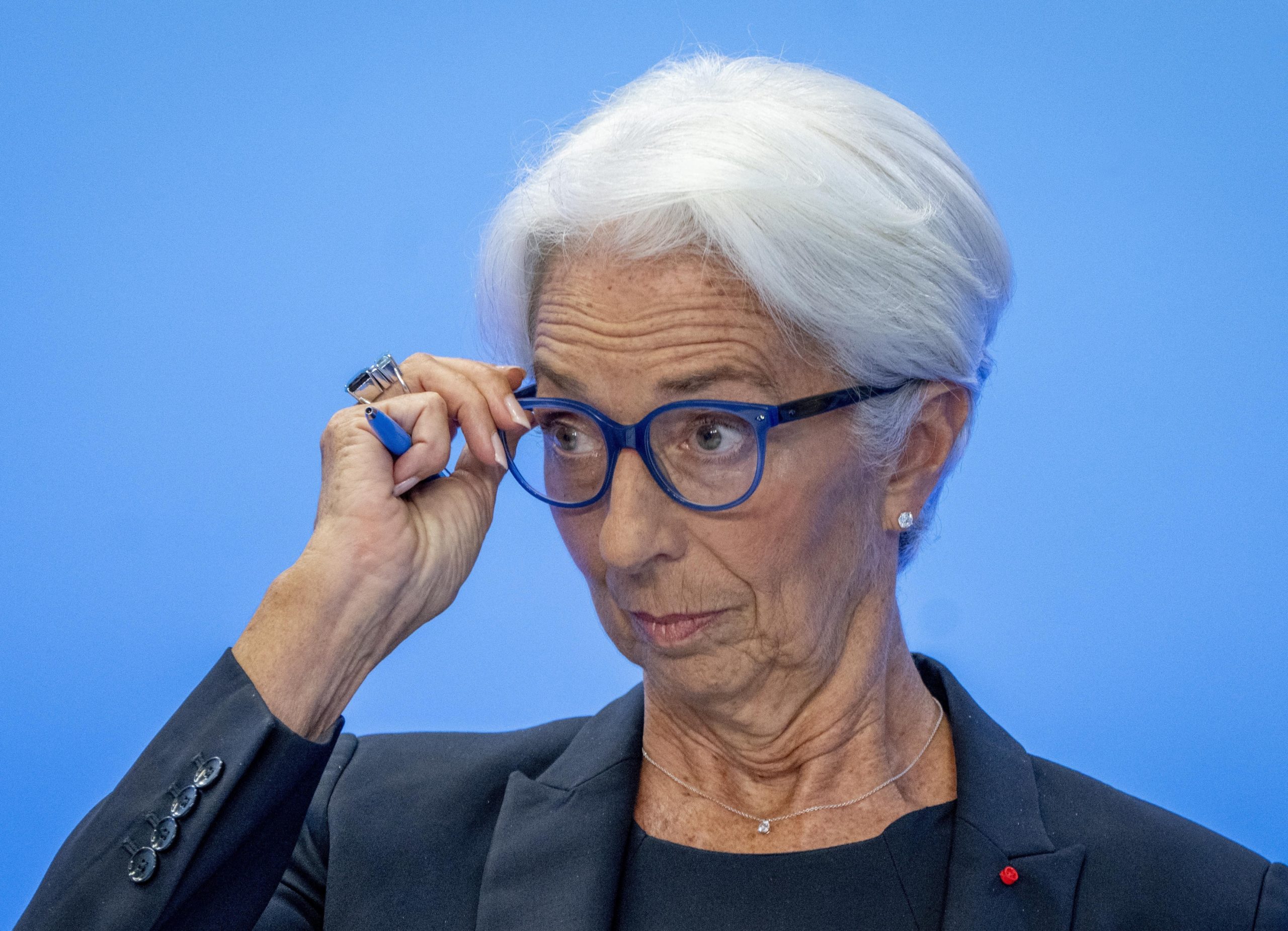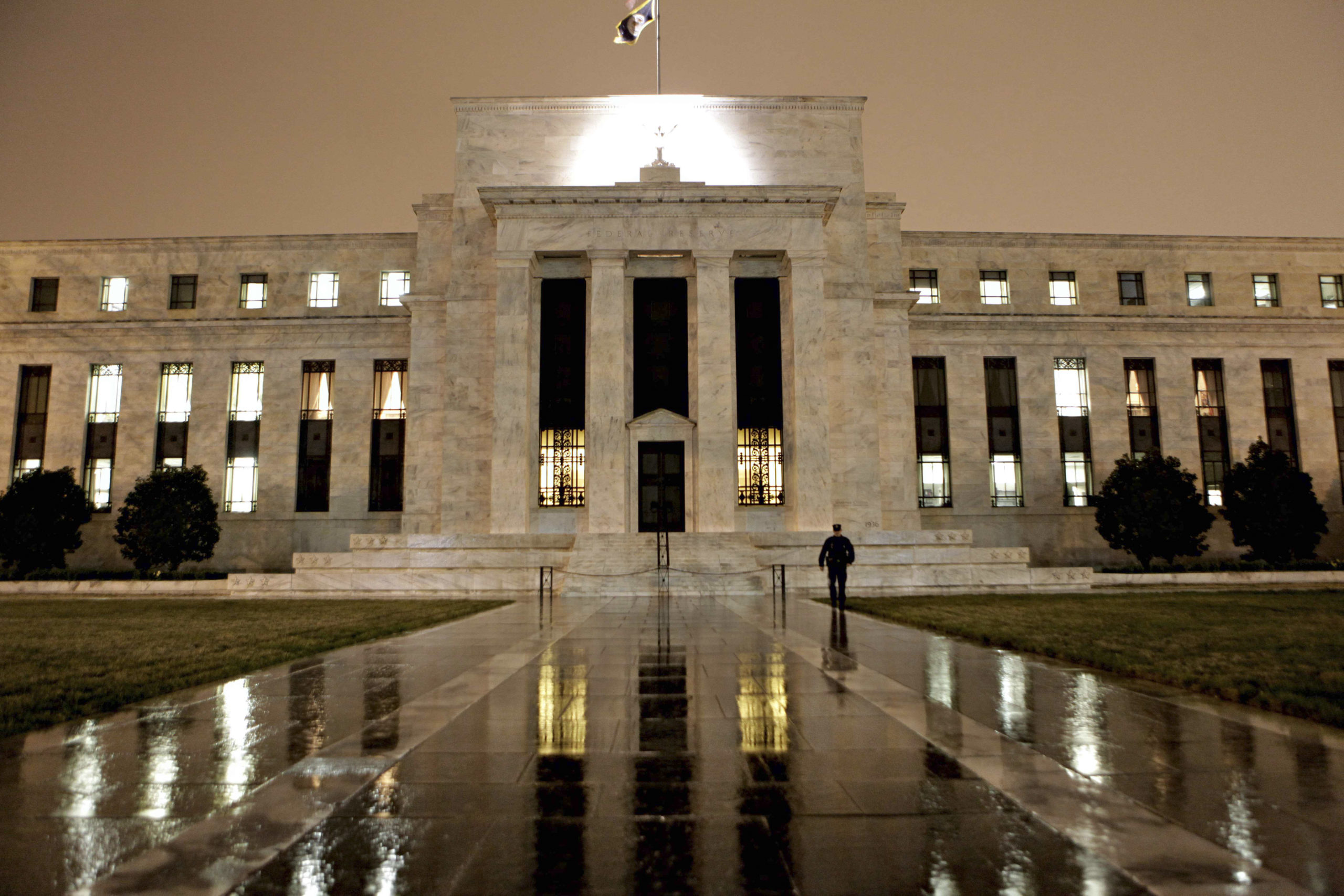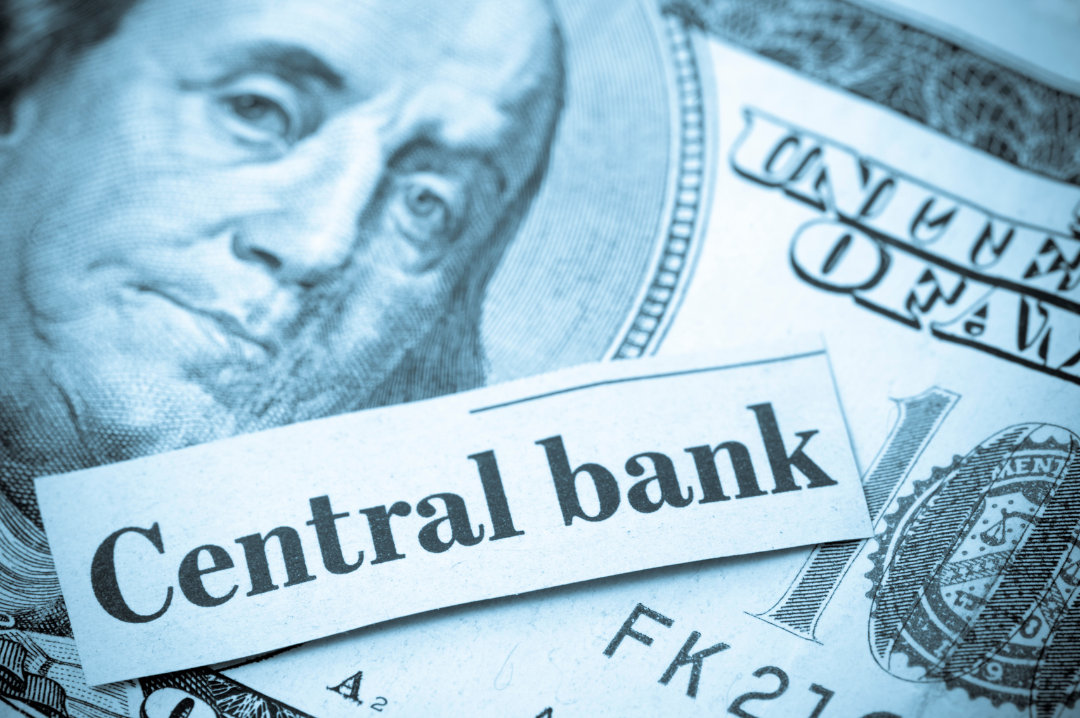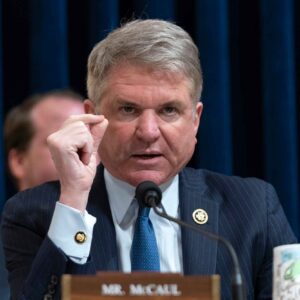What is Quantitative Tightening?
According to Investopedia, quantitative tightening, also known as balance sheet normalization, is a type of monetary policy followed by central banks.
It means that a central bank reduces the pace of reinvestment of proceeds from maturing government bonds, and is the exact opposite as the monetary stance of quantitative easing.
The main job of a central bank, like the Federal Reserve, is to keep the economy strong through maximum employment and stable prices.
It does this by managing the Fed Funds Rate, which it sets at its Federal Open Market Committee meetings. This effectively raises or lowers the interest rates that banks offer companies and consumers for things like mortgages, student loans, and credit cards.
Quantitative tightening also means that the central banks may increase interest rates as a tool to curb the money supply in the economy.
In addition, the central bank may devise a schedule to determine how the reinvestment process is slowed, and it is to be followed until its balance sheet gets normalized. Such a state of normalization is determined by the central bank itself. The goal is not to unwind all the money lent to the government in the past, especially because as currency flows increase in any economy, the size of the assets of the central bank also grows.
What is Quantitative Easing?
One of the ways a central bank injects money into an economy is by purchasing government bonds. When the bonds mature, the central bank uses the principal amount and interest to purchase new bonds from the government. It enables the central banks to maintain a stable balance sheet and exerts little to no impact on the market. Such a type of monetary expansion is known as quantitative easing, and it was tried for the first time by major central banks worldwide from 2009-2017.
Following the great recession triggered by the Global Financial Crisis of 2008, the Federal Reserve, the European Central Bank (ECB), and the Bank of England, all followed an era of quantitative easing. It was done by lowering interest rates and purchasing government bonds to spur economic growth.

When is Quantitative Tightening Needed?
From 2017 until now, the Federal Reserve, the ECB, and the Bank of Japan decided to reverse their monetary policy stance from quantitative easing.They stopped cutting interest rates and reduced the rate of reinvestments from the proceeds of maturing government bonds. For the Federal Reserve, a 15-month schedule was carved out to achieve a normalized balance sheet.
It was done mainly to tackle rising inflation. Since the net asset purchases of the central banks were positive, the prices of said assets were increasing. A central bank can control inflation by draining money from the financial system. As it reduces the bond purchases, other lenders will need to fill the vacuum created in the demand of sovereign bonds.
In case new buyers do not materialize, interest rates will need to rise to make lending more attractive for lenders. It disincentivizes borrowing by increasing the cost of borrowing, essentially reducing the money supply.

Risks Associated with Quantitative Tightening
Rising prices of stocks and bonds benefit investors, and selling said assets can create a bearish investor sentiment and negatively impact economic growth. With quantitative tightening never been followed before, there was always a risk of a crash in the bond market, the stock market, and even the economy.
1. As pressure build for bond yields to move higher, there is a high risk of a drastic lowering of bond prices, which should be avoided.
2. Stocks are particularly sensitive to bearish investor sentiment. It also means that the expected future returns for a particular business cycle are dismal, and even though investors are conditioned to volatility, a withdrawal of liquidity from markets can trigger a crisis in the stock market.
3. As the economy gets more and more leveraged, a rising cost of credit on a global level can trigger an economic crisis. Governments run on deficits, the housing market is buoyed by mortgages, and large amounts of consumer spending are on borrowed money, with credit replacing savings. Therefore, when credit growth weakens, it materializes in the form of decreased demand, which means that economic growth weakens.
4. If asset prices start decreasing, a negative wealth effect is observed in the economy. All the factors together make for a sluggish economy, which could have a drastic effect on economic growth at a time where the global economy had just recovered from the 2008 Global Financial Crisis.
READ MORE: Who is Klaus Schwab?
ABOUT THE WRITER:
Elena Patestas is a journalist and writer for Valuetainment media. She attended Pepperdine University in Malibu, California, and Adelphi University on Long Island, New York. She was born and raised in Roslyn, New York, and currently lives in Miami, Florida.
Elena is passionate about bringing positive change to our world and believes education is the root to solving many societal problems. After overcoming a chronic health condition, Elena became passionate about health and believes food is the key to preventing dis-ease and achieving optimum health.
Amongst her many goals, she hopes to bring positive, impactful change to our world to create a healthy, financially sound, and unified society.



















Add comment